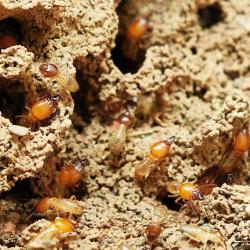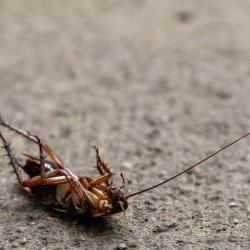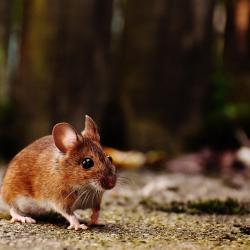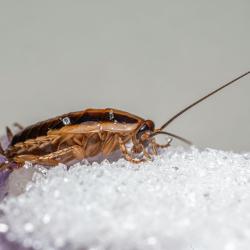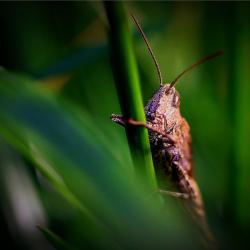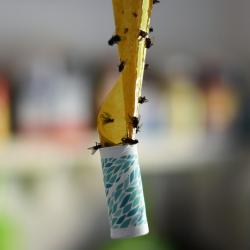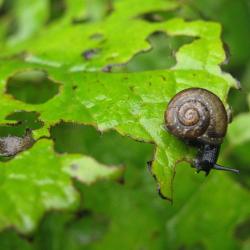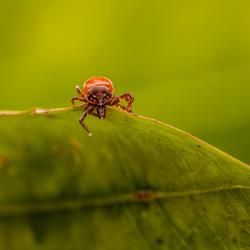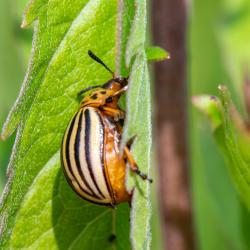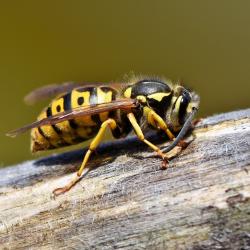How to Safely Use Pest Control Products Around Pets and Children
In many households, pest control is a necessary part of maintaining a safe and healthy environment. Unfortunately, the chemicals often used in these products can pose risks to our most vulnerable family members: children and pets. Therefore, it is vital to use pest control products safely and effectively to protect them from potential harm. Here are some guidelines to help ensure safety while managing household pests.
1. Understand the Risks
Children and pets are naturally curious and may explore their environment by touching, tasting, or crawling around treated areas. Because of their small size and developing systems, they are more susceptible to the harmful effects of pesticides. Therefore, understanding the risks associated with pest control products is the first step in protecting them.
2. Choose the Right Products
Opt for products that are specifically labeled as safe for use around children and pets. Always read the label and Product Safety Data Sheet (PSDS) to understand the active ingredients, potential side effects, and recommended safety precautions. There are many natural and non-toxic alternatives available that can effectively manage pests without posing significant safety risks.
3. Follow Application Instructions Carefully
Over-application or incorrect usage of pest control products can increase risks of exposure. Follow the manufacturer’s instructions to the letter, paying close attention to dosage, application methods, and frequency. Use the minimum amount necessary to achieve good results.
4. Secure the Area
Before applying any pest control products, make sure children and pets are kept out of the area. For sprays, mists, or foggers, consider temporarily evacuating them from the entire house. Ensure there is adequate ventilation by opening windows and doors. Always keep pets and children away from treated areas until the specified safe duration has passed, usually indicated on the product label.
5. Store Products Safely
Immediately after use, store all pest control products in secure cabinets out of reach of children and pets. Opt for child-proof caps and containers, and make sure they are clearly labeled. Regularly check your storage areas to ensure no products have leaked or deteriorated.
6. Implement Preventive Measures
Integrated Pest Management (IPM) is a preventative strategy that reduces the need for chemical interventions. Keep your living areas clean and clutter-free, seal cracks and crevices, store food properly, and fix leaks to deny pests easy access to food, water, and shelter. Physical barriers such as window screens and door sweeps can also help keep pests out.
7. Natural Alternatives
Consider using natural pest control methods that are inherently safer for children and pets. Essential oils like peppermint and eucalyptus can deter pests, and diatomaceous earth, a non-toxic powder, can combat insects such as ants and fleas. Additionally, beneficial insects like ladybugs can help manage garden pests naturally.
8. Consult Professionals
If a pest problem becomes overwhelming, consider hiring a licensed pest control professional. They are trained to safely manage and apply treatment plans, reducing risks to your family and pets. Ensure the company you choose is reputable and transparent about the products they use.
9. Monitor and Educate
After any pest control treatment, closely monitor your children and pets for signs of exposure, such as skin irritation, respiratory issues, or changes in behavior. Educate older children about the dangers of pest control products and the importance of not touching them.
Conclusion
Pest control is an essential aspect of home maintenance, but it should be balanced with the safety and health of our loved ones. By choosing safer products, following correct procedures, and employing preventive measures, we can effectively manage pests without putting children and pets at risk. Always stay informed about the products you use and adjust your methods as new, safer technologies and practices become available.

